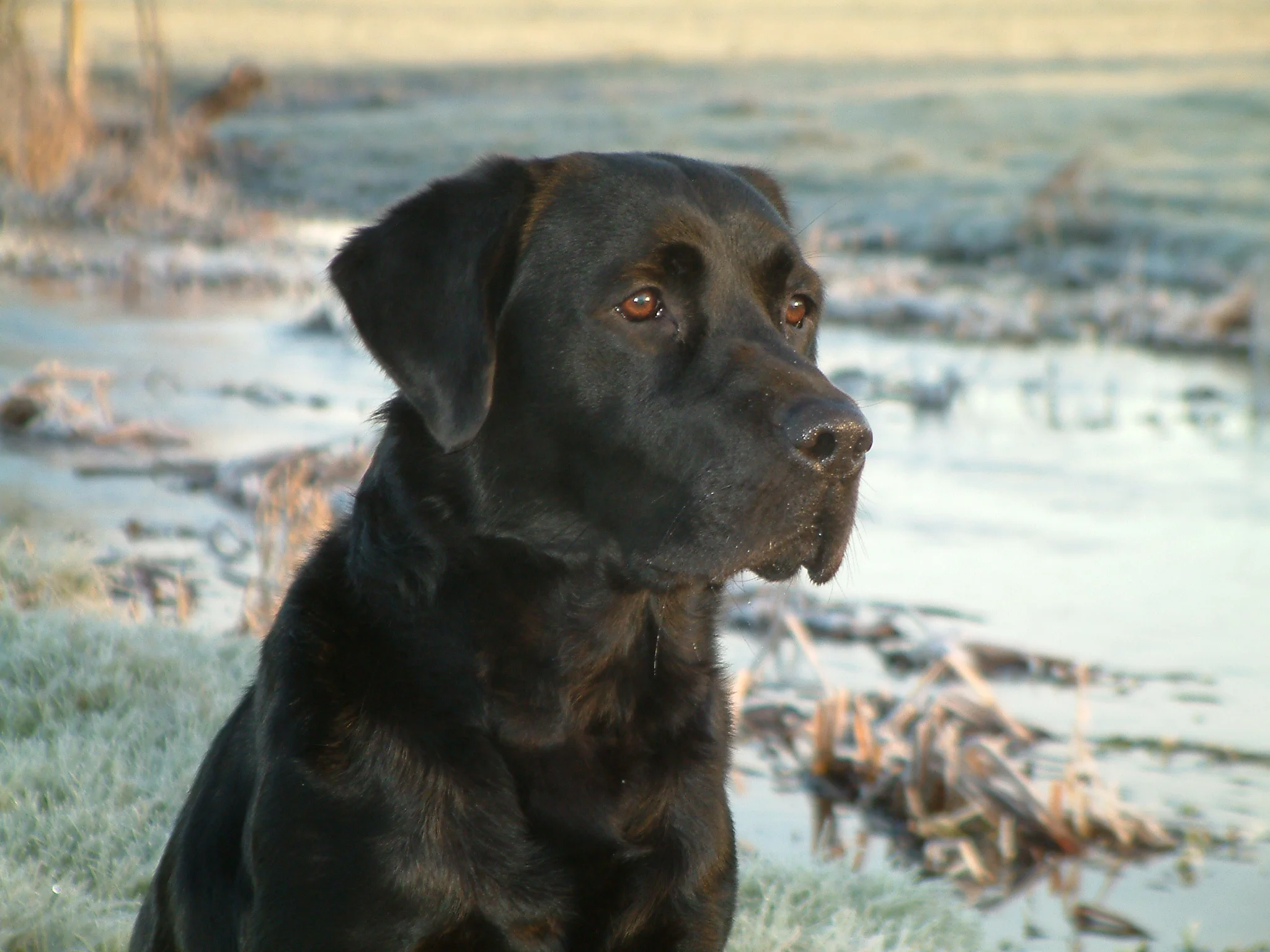At the ITC, In the Matter of Certain Light-Emitting Diodes and Products Containing Same (April 4, 2012), Judge Pender (337-TA-785) denied Respondent's motion to supplement its invalidity contentions as to a single prior art reference. Respondent requested the supplement arguing that
it made diligent efforts to locate and identify prior art in advance of the February 6 deadline, provided timely notice of the prior art it identified, and incorporated by reference the prior art identified in the LG's Notice of Prior Art.
(Order at 1).
In denying the requested supplement to add the Miura prior art reference for "good cause", Judge Pender relied on Ground Rules 7 and 1.10.1:
"The Notice of Prior Art may be amended or supplemented only upon written motion showing good cause." Ground Rule 7 (Feb. 12, 2012). "Note that good cause will not be found absent a showing that the requesting party has taken active steps and made a good faith effort to meet the deadline for which the extension is sought. Also note that lack of prejudice does not equate to good cause." Ground Rule 1.10.1 (Feb. 12, 2012).
(Order at 2). Judge Pender, agreeing that the Miura reference is cited on the face of seven patents related to Respondent's inequitable conduct allegations, determined that Respondent
should have been able to identify the Miura reference before the deadline.
(Order at 3).
Takeaways - Late disclosures at the ITC are not tolerated without sufficient justification. Here, Judge Pender was not convinced that Respondent was diligent in locating the new prior art because the reference appeared in multiple patents related to a different defense theory. What if the Miura reference was cited on only one patent related to the inequitable conduct allegations, different result? Based on the Ground Rules at the ITC for a Notice of Prior Art, some compelling reason must be identified to show why the prior art was not identified by the stated deadline, or expect this type of result to be the norm.





